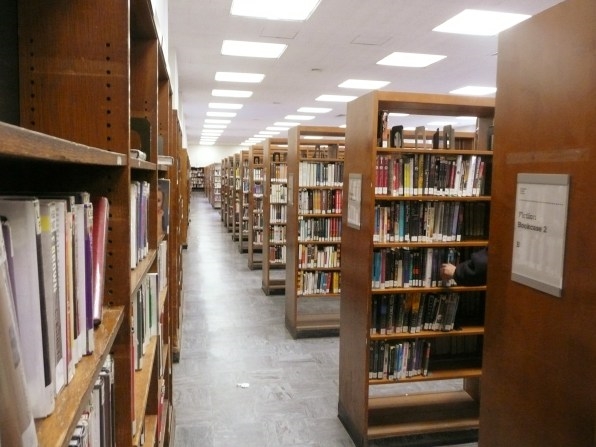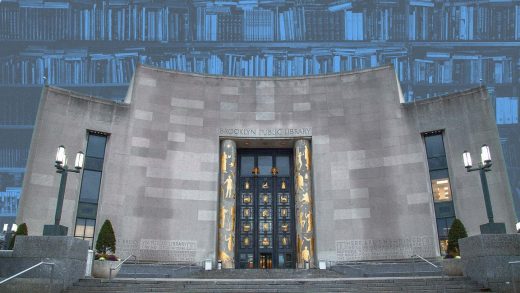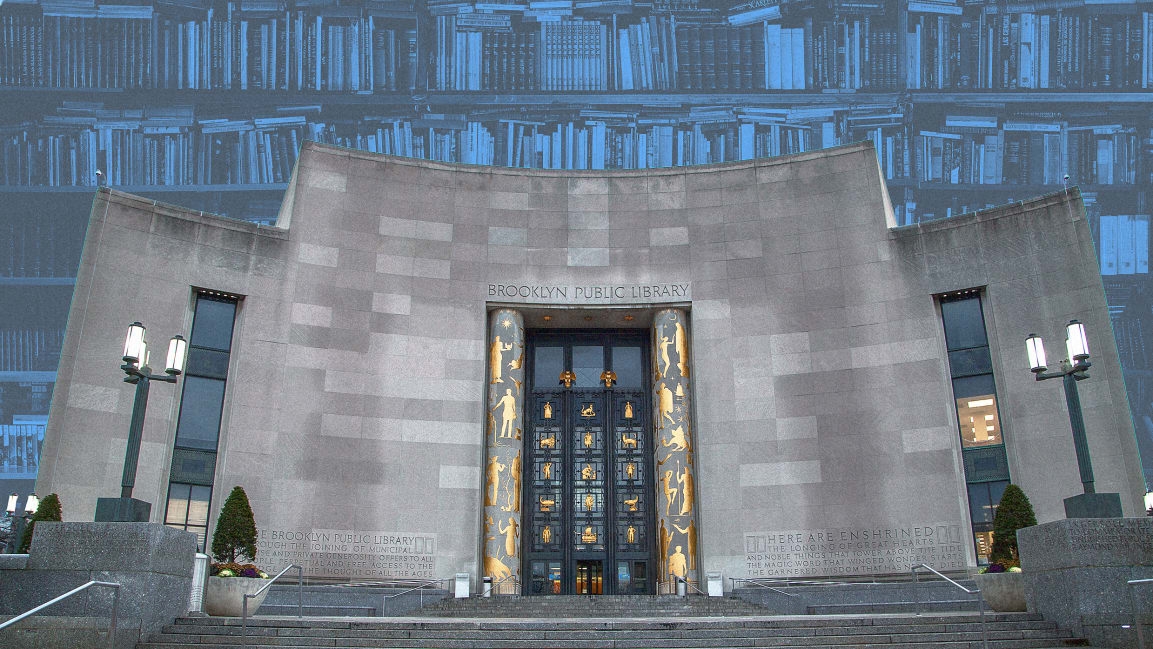How behavioral science could get people back into public libraries
In October, New York City’s three public library systems announced they would permanently drop fines on late book returns. Comprised of Brooklyn, Queens, and New York public libraries, the City’s system is the largest in the country to remove fines. It’s a reversal of a long-held policy intended to ensure shelves stayed stacked, but an outdated one that many major cities, including Chicago, San Francisco, and Dallas, had already scrapped without any discernible downsides. Though a source of revenue—in 2013, for instance, Brooklyn Public Library (BPL) racked up $1.9 million in late fees—the fee system also created a barrier to library access that disproportionately touched the low-income communities that most need the resources.
That’s just one thing Brooklyn’s library system has done to try to make its services more equitable. In 2017, well before the move to eliminate fines, BPL on its own embarked on a partnership with Nudge4, a behavioral science lab at the University of Virginia, to find ways to reduce barriers to access and increase engagement with the book collections. In the first-of-its-kind collaboration, the two tested behavioral science interventions via three separate pilots, all of which led to the library’s long-term implementation of successful techniques. Those involved in the project say the steps can be translated to other library systems, though it takes serious investment of time and resources.

When the project began in 2017, BPL’s initial research found that its old-fashioned systems were in many cases causing disenfranchisement. Households earning $50,000 or less had six times more blocked library cards than others, the result of racking up $15 in late fees, which also barred patrons from borrowing any more items. People then feared returning to the library, and so didn’t feel a sense of belonging. Of the 37,411 blocked patrons, only 2,993 checked out books again. Struggling to pay fines was part of the problem, but there was more to address. That prompted the Hecksher Foundation for Children to provide a grant to BPL and Nudge4 to start their work, with a real focus on equity.
The implementations also had to be rooted in real research. “Libraries have been talking about how to get people to return materials since the dawn of libraries,” says Fritzi Bodenheimer, BPL’s press secretary. But they often jumped at fixes by simply guessing. “We didn’t assume that we knew,” she adds. The key to actually knowing why patrons didn’t return materials, or why they interacted with the library the way that they did, would be through behavioral science interventions, which aim to bridge the gap between people’s intentions and their actions.
“Behavioral science really asks, how do people make decisions in conditions of complexity?” says Katharine Meyer, a postdoctoral researcher in education policy, and a research affiliate for Nudge4. “Everybody wants their kid to do well and have every opportunity to explore their interests,” she says—but some families face more constraints than others, like time, attention, and finances.
Ideas42, a behavioral science nonprofit, helped gather focus groups of ordinary library users who reported the hassles they felt hindered them from easy library use, like that it was hard to keep track of fines, that reminders were too late or not received, that they didn’t know text message alerts were an option, and that they couldn’t make it to the library during regular hours. Using the information gleaned from their responses, the partnership decided to focus on improving three areas: returning books on time, library card sign-ups, and engagement with the library collections.
The library card—or lack thereof—is really the first barrier to access. There was an online application for sign-up, but users then had to come into the library to activate the card, and the team noticed a drop-off in between. In spring 2017, during the first pilot period, they tested different behavioral science concepts to try to eliminate hassle factors and improve clarity.
On the digital application, they ensured the questions were limited in number, so as not to be overwhelming, and applied smart tech so that later questions were tweaked (or omitted), according to a user’s previous responses, to reduce irrelevant and time-wasting queries. Then, they administered visual prompts of what to bring to activate the card, and explicitly showed the nearest branch to their zip code, cutting out the need to google it. They found activation rates increased by 12%.
For facilitating the return of books, they focused on better messaging and tested those messages by sending different patrons distinct reminders. Some received a prompt that encouraged social courtesy, such as “return it so that your neighbor can borrow it.” But what worked best were text messages that simply included images of the book jackets someone owed. They also found success with friendlier messaging, notices in different languages, and including a link to their nearest library. Separately, they also tripled the number of 24/7 drop boxes within Brooklyn, so that busy people didn’t have to rush to a library during open hours. They found that timely return of materials increased by 10%.
They’ve yet to see the long-term impact of the final pilot, to increase engagement with the collections once people have access. In that test, they advertised their Book Match program—whereby families can go online and request books for their children—by mailing out colorful and informative postcards to patrons with clear instructions for participation. Within two weeks, the number of received Book Match requests spiked from 5 a day to between 20 and 60. Despite the early promise, they’re still waiting to see long-term effects on the actual circulation of books.
But, so far, the overall investment has been worth it. Amy Mikel, BPL’s director of customer experience, says she knows her library has had the privilege of grant money, which other libraries don’t necessarily have. Still, she thinks other libraries could use some of Brooklyn’s findings while proactively engaging with their own patrons to find out what works for them.
And, she adds, “We’re not done.” Though fines are now gone, BPL wants to keep breaking down any remaining barriers. The library will keep monitoring progress, and tweak things when needed, to address ongoing changes in tech and user expectations. For instance, they’ve now added language in their messaging about the recent elimination of fines, and information on the new system, which bills people for books they keep, but rescinds the charge if they return them, no matter when. The gist is, “Just bring it back,” Bodenheimner says. “We don’t want your money.”
(45)



